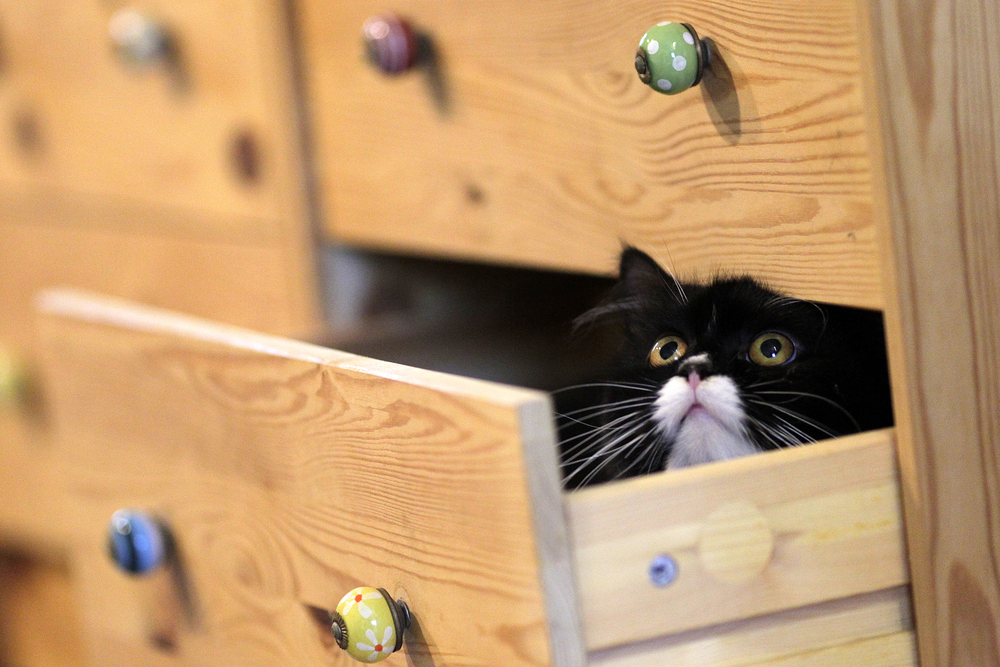While cats have the same fundamental senses as humans, how they interpret and use sight, sound, smell, taste, and touch creates a unique tapestry of their everyday experiences. Join us as we explore the intricacies of their captivating gaze, highly tuned ears, tremendous olfactory abilities, and the significance of those cute whiskers. Discover how understanding their senses might help you become a more attentive cat parent.
Vision
Have you ever wondered how your cat sees the world? Although a cat’s precision pouncing in the dark may give the impression that she has built-in night vision goggles, they do require some light. Cats’ eyes have evolved to thrive in low-light environments, having big corneas and vertical pupils that adapt to changing lighting levels. The tapetum lucidum, a reflective layer at the rear of their eyes, improves their ability to see in low light, resulting in a dazzling eye shine. While cats’ vision may be less brilliant than ours, they excel at motion detection, allowing them to navigate the darkness with ease.
Hearing
Cats’ ears are more than simply charming; they are also well-tuned instruments. A cat’s triangle-shaped ears function like little, fluffy satellite dishes. Their ears can rotate independently, helping them to identify noises with incredible precision. Cats can detect minute variations in noises, demonstrating their ultrasonic hearing ability. Cats can locate the position of a sound to within several inches in six-hundredths of a second thanks to the 180-degree rotation of their pinnae.
Surprisingly, research reveals that cats have a distinct musical taste, preferring melodies with feline-centric sounds.
Smell
A cat’s sense of smell is a superpower that it possesses from birth. Experts think that a cat’s sense of smell is approximately 14 times greater than ours. From the moment they are born, kittens use their noses to discover food. Cats have an olfactory epithelium that is five to ten times larger than humans’ and contains up to 200 million specialized cells for scent detection. The Jacobson’s organ, an additional tool, improves their sniffing abilities. The Flehmen’s response of opening their mouths and curling their top lips helps transport intriguing scents to this organ, offering an additional layer of scent detection.
Touch
Whiskers on kittens play an important part in a cat’s sensory toolbox. Vibrissae, or longer and thicker hairs, are sensitive enough to rival human fingertips. Each of a cat’s whiskers develops from a follicle filled with nerves and blood vessels. Whiskers help cats compensate for their poor close vision by detecting small air movements. They help cats navigate their surroundings and detect the presence of prey.
A stronger connection with your feline friend
Understanding how your cat views the world through its senses helps strengthen the link between you and your feline companion. Each distinct feature of their eyesight, hearing, scent, and touch adds to their exceptional ability to navigate the feline universe. So, the next time you marvel at your cat’s graceful movements in the dark or the adorable twitch of their whiskers, remember that you’re seeing the world through their eyes.











